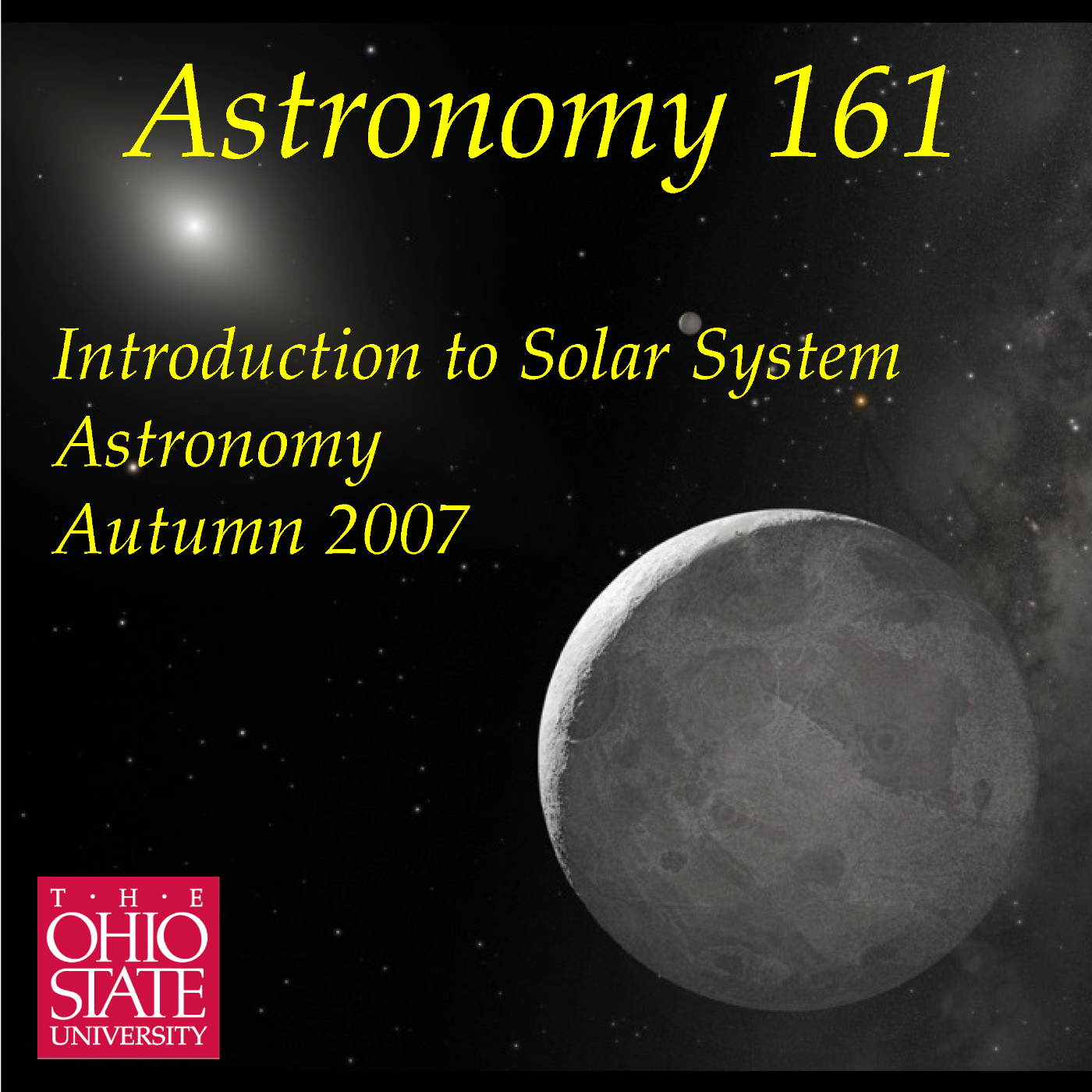Lecture 43: Icy Worlds of the Outer Solar System
Description
Beyond the orbit of Neptune lies the realm of the icy worlds, ranging in
size from Neptune's giant moon Triton and the dwarf planets Pluto and
Eris, all the way down to the nuclei of comets a few kilometers across.
This lecture discussed the icy bodies of the Trans-Neptunian regions of
the Solar System, discussing the basic properties of Triton (the best
studied such object), Pluto, Eris, and the Kuiper Belt, introducing the
dynamical families of Trans-Neptunian Objects that record in their
orbits the slow migration of Neptune outwards during the early history
of the Solar System. The Kuiper Belt is the icy analog of the main
Asteroid Belt of the inner Solar System: both are shaped by their
gravitational interaction with giant gas planets (Jupiter for the
asteroids, Neptune for the KBOs), and are composed of leftover raw
materials from the formation of their respective regions of the Solar
System. Recorded 2007 Nov 27 in 1000 McPherson Lab on the Columbus
campus of The Ohio State University.
More Episodes
A new podcast, Astronomy 141, Life in the Universe, is available
for those interested in continuing an exploration of topics in
modern astronomy.
Published 12/06/09
Published 12/06/09
Are we alone in the Universe? This lecture explores the question of how
we might go about finding life on planets around other stars. Rather
than talking about speculative ideas, like the Drake Equation or SETI, I
am instead taking the approach of posing it as a problem of what to look
for...
Published 11/30/07


